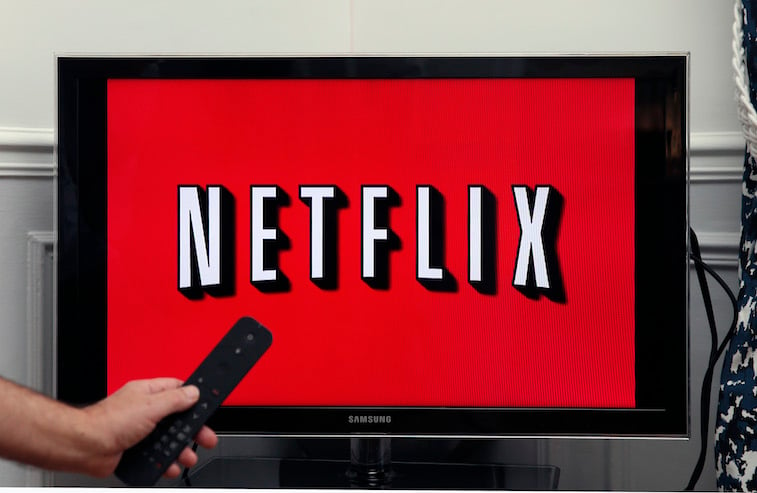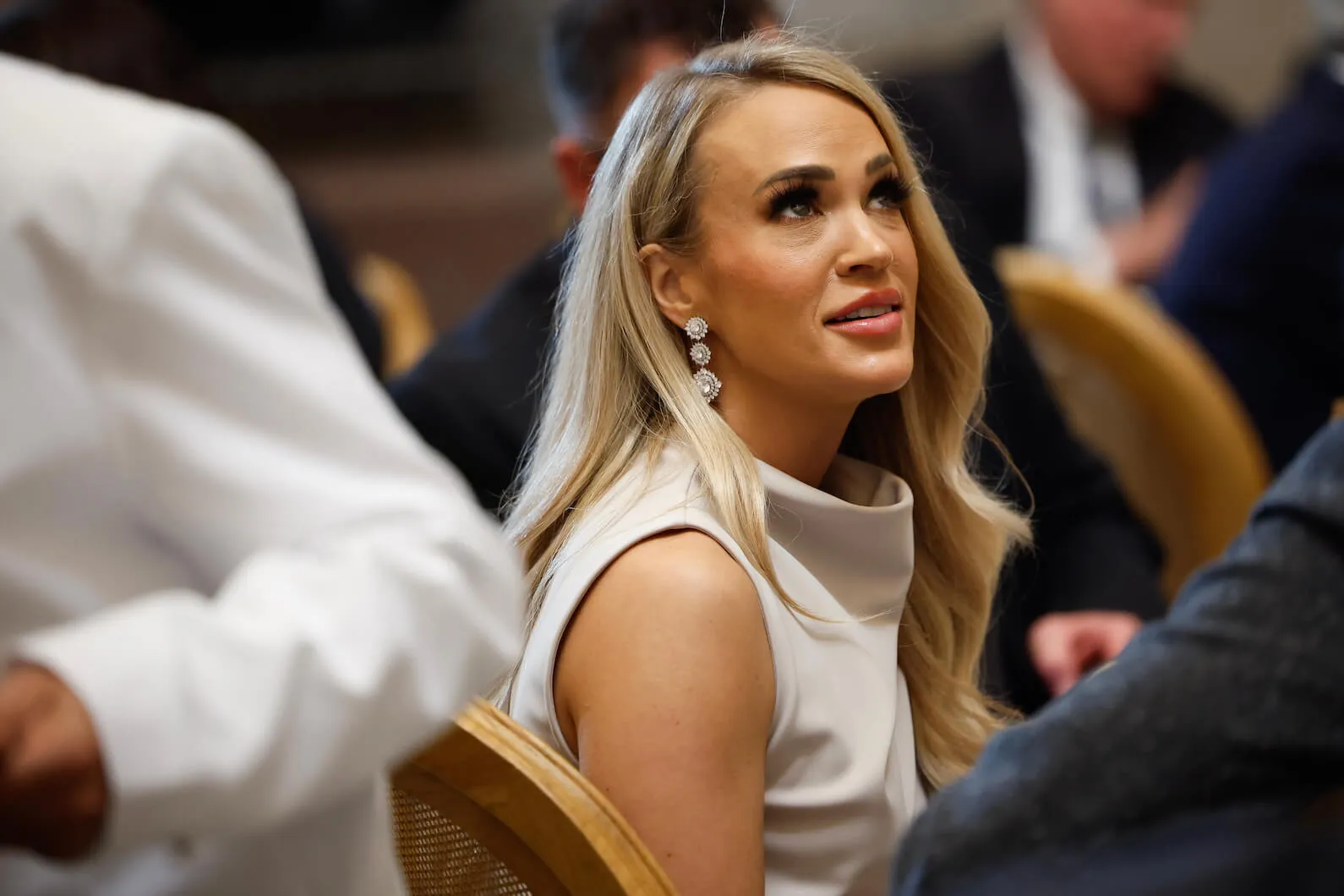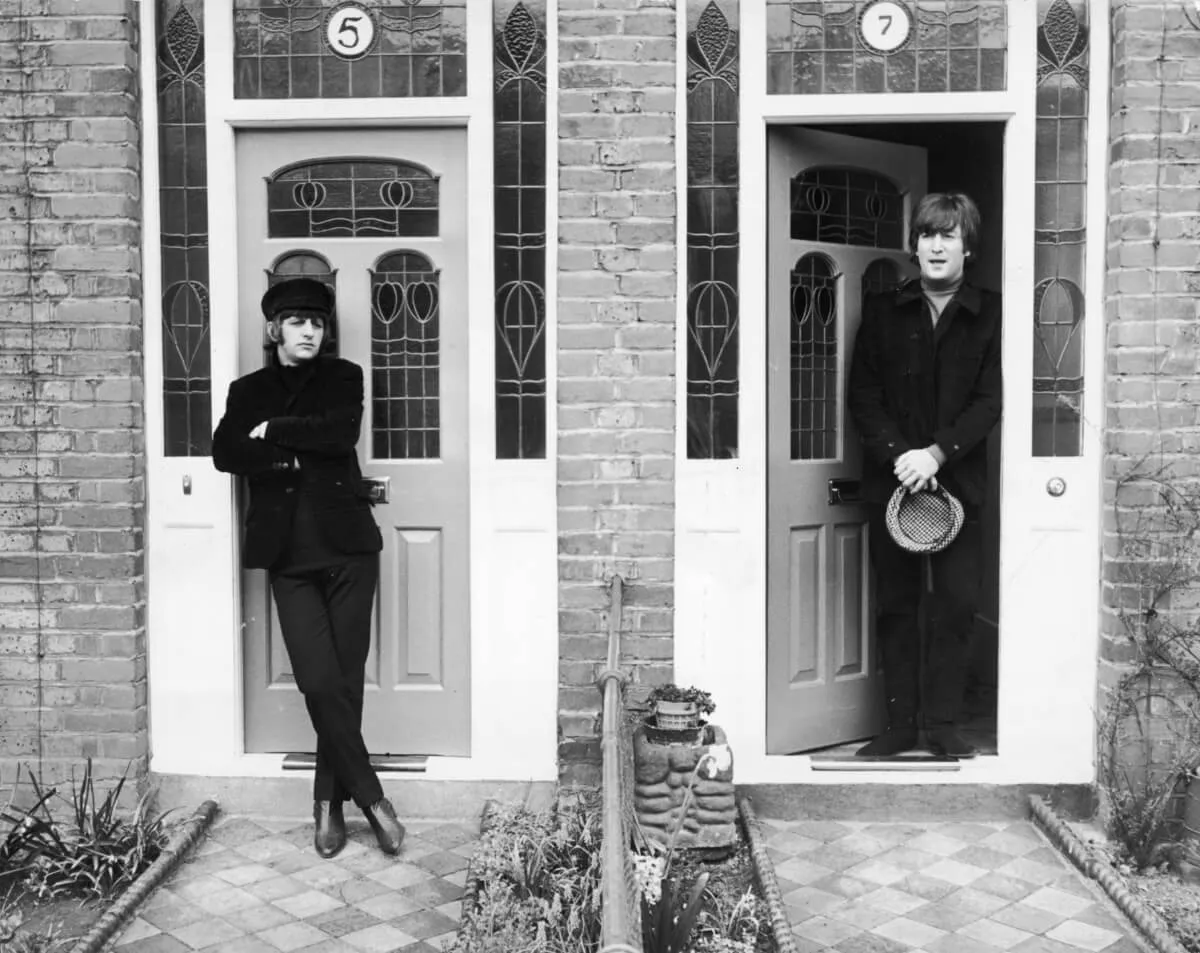Is Netflix’s ‘The Umbrella Academy’ Series Better Than the Comic It’s Based On?
Netflix’s new superhero show The Umbrella Academy has been gaining a lot of popularity in the past month. The story follows a group of children who, after being born in unusual circumstances, were adopted by an eccentric billionaire and grew to develop superpowers. It’s based on the comic book series created by My Chemical Romance singer Gerard Way and illustrated by artist Gabriel Bá.
Since Way and Bá are both executive producers for Netflix’s The Umbrella Academy, the show and the comics do not stray that far from each other. But this also begs the question: are there still any differences between the two? Which one is better?
We have the answers for you, though please note that the following paragraphs may contain some spoilers.
The show has less superhero action scenes
Viewers of the Netflix version of The Umbrella Academy might remember the famous scene where six of the kids foil a bank heist and free all the innocent people who were held hostage. This was where their superpowers really came into play and it was exhilarating to watch the children work together to defeat a bunch of gun-wielding bank robbers.
However, compared to the comic books, the show lacks a lot of good old crime-fighting moments. In fact, in the comics, the Umbrella Academy kids can even be seen battling sentient monuments like the Lincoln Memorial and the Eiffel Tower.
Ben has a bigger role in the series
Ben, the group’s adopted brother who died many years ago, does not appear much in the comic books. He only shows up in flashbacks or as a statue outside their mansion.
In the Netflix series, Ben actually appears more often. He is still deceased, but since Umbrella Academy member Klaus can talk to the dead, Ben is often summoned up to talk to and help Klaus. In the final episode, Ben even got an opportunity to physically interact with the world around him using Klaus’ powers.
Hazel & Cha-Cha have more depth on the show
Hazel & Cha-Cha are two psychotic masked assassins. In the comics, they are simply time-traveling villains whose backstories and characterizations are never focused on. Aside from the fact that they love sweets, readers do not know much about who they are.
On the show, however, they are given more depth and storylines. Hazel, for example, is in love with a waitress and wants to quit his villain job. This causes his relationship with Cha-Cha to turn sour, though he ends up running away with his love interest in the end.
Vanya becomes a real super villain in the comics
Vanya is the Umbrella Academy member who everyone believed to have no superpowers until later on in the story when it was revealed that she is capable of releasing extremely powerful forces using sound waves. In both the series and the comic books, Vanya becomes angry at her family for trying to suppress her powers and eventually lashes out at them.
In the comics, however, her way of getting back at them involves joining an evil orchestra, where she gets brainwashed into a super villain character called the White Violin.
The show is more diverse
The main characters in the comic version of The Umbrella Academy seem to all be white. On the other hand, the Netflix series actually took the initiative to turn three of the siblings (Allison, Ben, and Diego) as well as sociopath villain Cha-Cha into nonwhite characters, which makes sense considering the fact that their father adopted them from all over the world.
Is the book or the show version better?

Although the premise of the story in both the comics and the show is relatively the same, they each offer something different and whichever one you like better will depend on what you find interesting,
The comic books offers more crime-fighting moments and fans of the superhero genre will definitely find Vanya’s villainous storyline more satisfying here.
However, the show delves much deeper into character developments. If you enjoy exploring the characters’ backstories, such as when it comes to the deceased brother Ben or the sweet-loving villains Hazel & Cha-Cha, and want to see racially diverse faces, the Netflix version is definitely the better choice.


